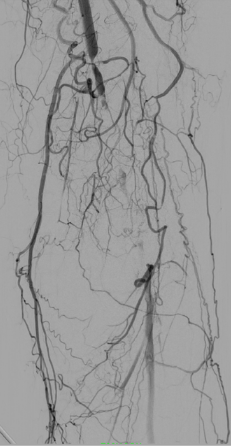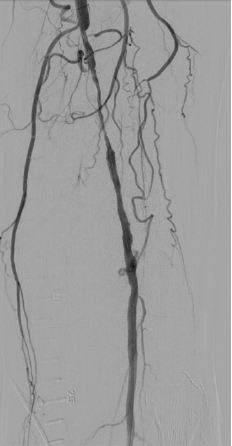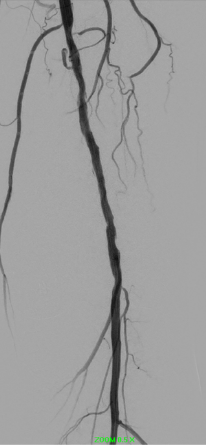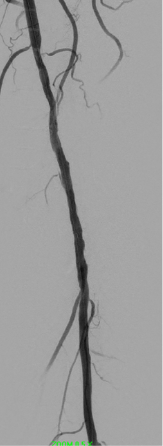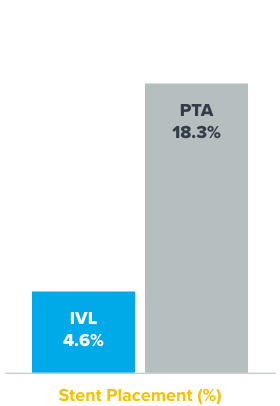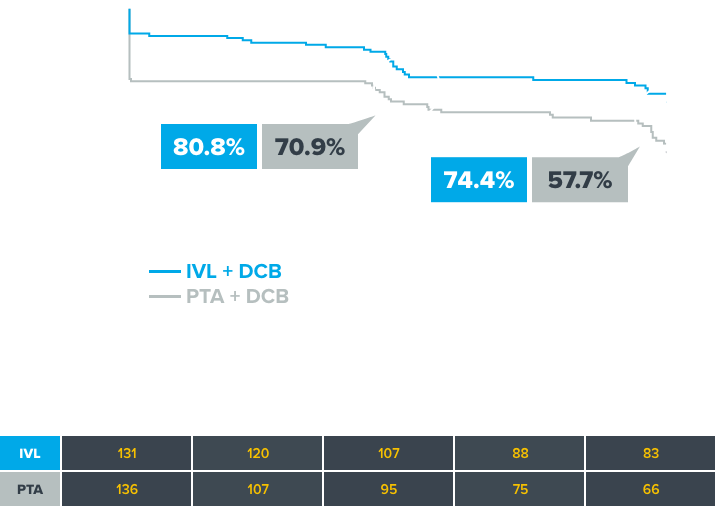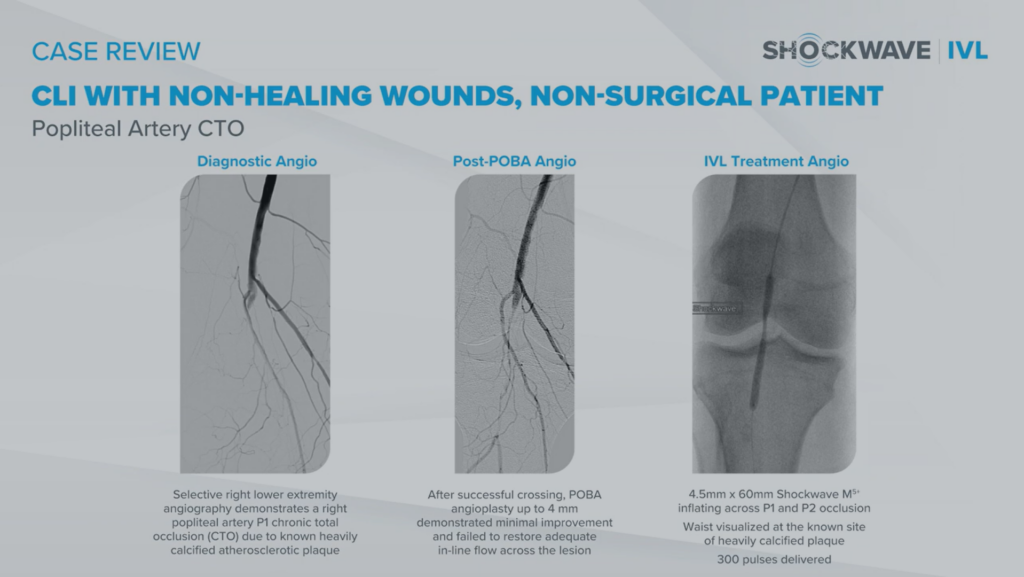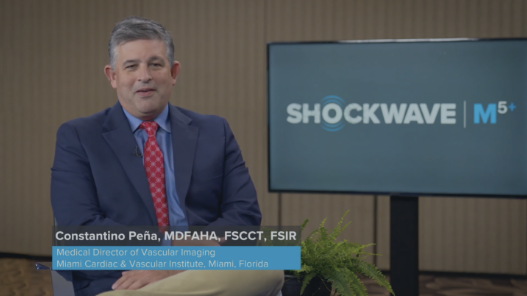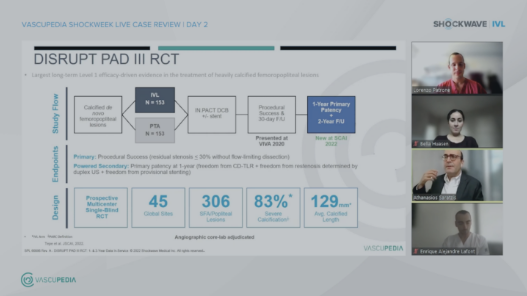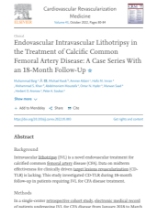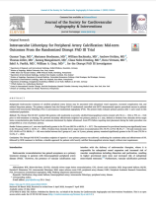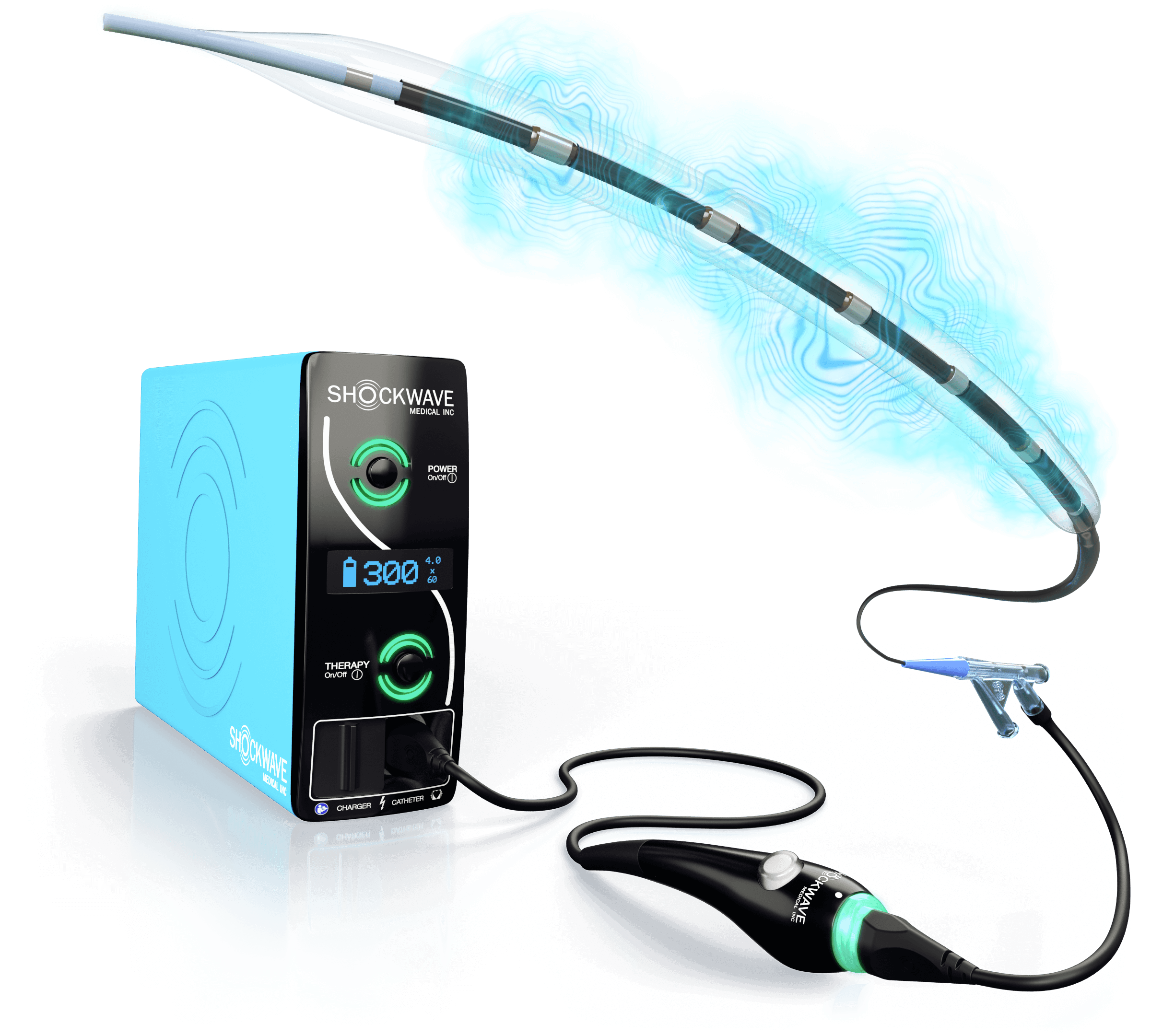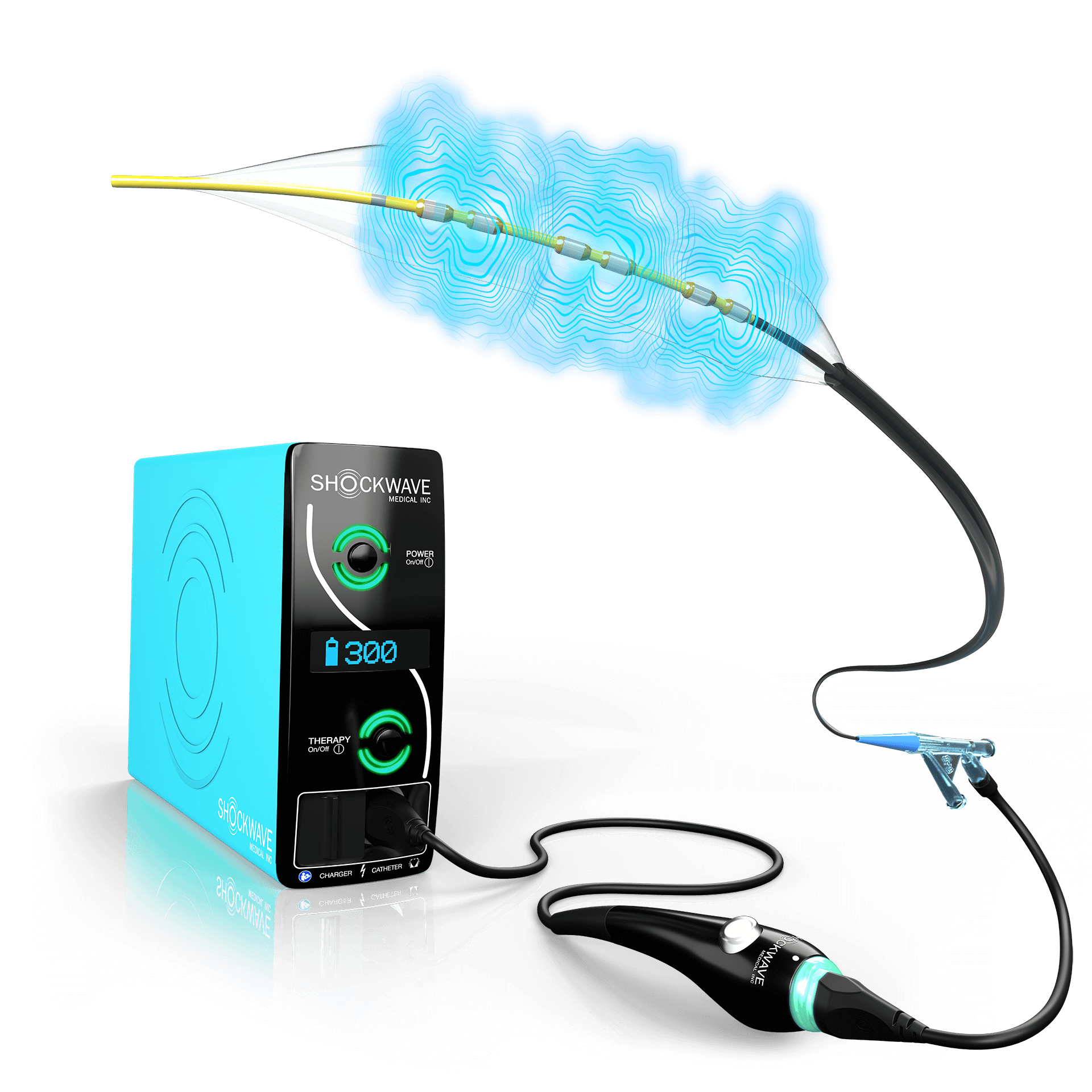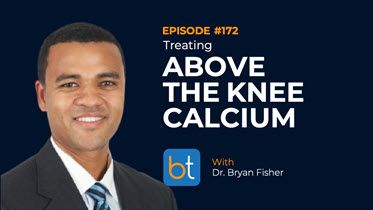
CLI fighters Dr. Bryan Fisher and Dr. Sabeen Dhand discuss their approach to treating calcified arteries above the knee, including looking at newer technologies and choosing the appropriate device to effect real durable change to the calcified wall.
Listen Now

Vascular Surgeon Dr. Mazin Foteh and our host Dr. Sabeen Dhand consider various factors that can influence the choice of treatment methods for calcified common femoral artery (CFA) disease, including discussing the pros and cons of an endovascular vs surgical approach.
Listen Now

In this episode, host Dr. Aaron Fritts interviews Dr. Jim Melton and Amanda Stanley about intravascular lithotripsy in the ASC, including reimbursement trends, patient selection and the future of the device.
Listen Now
